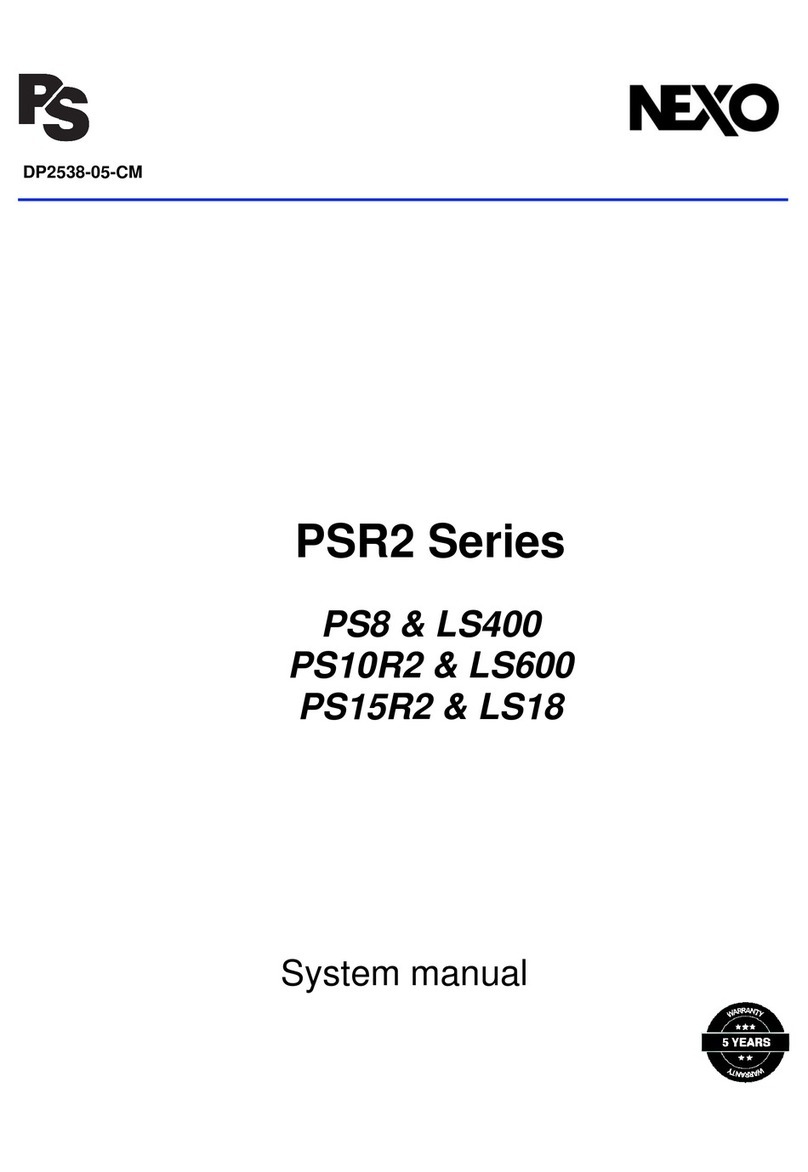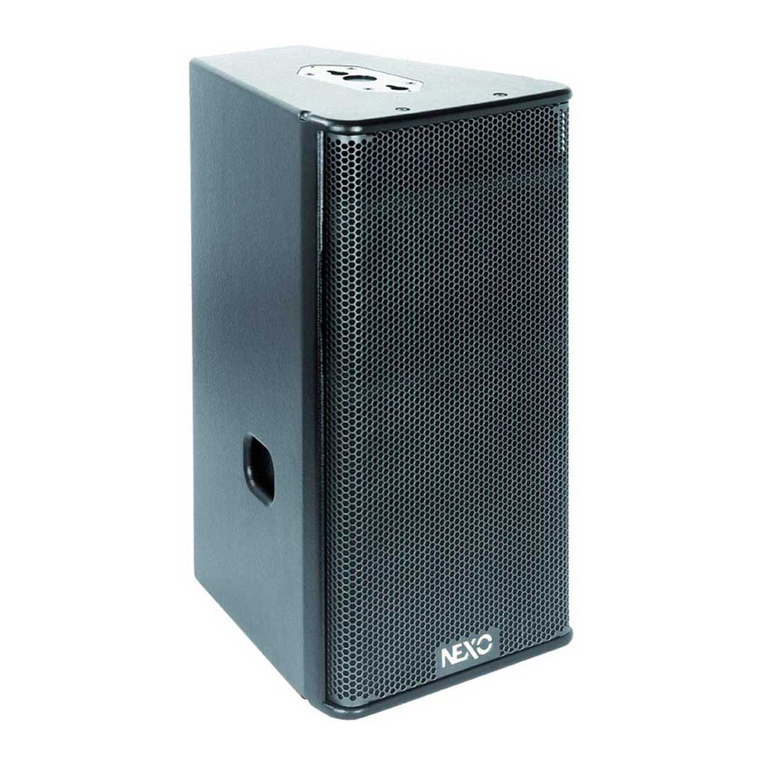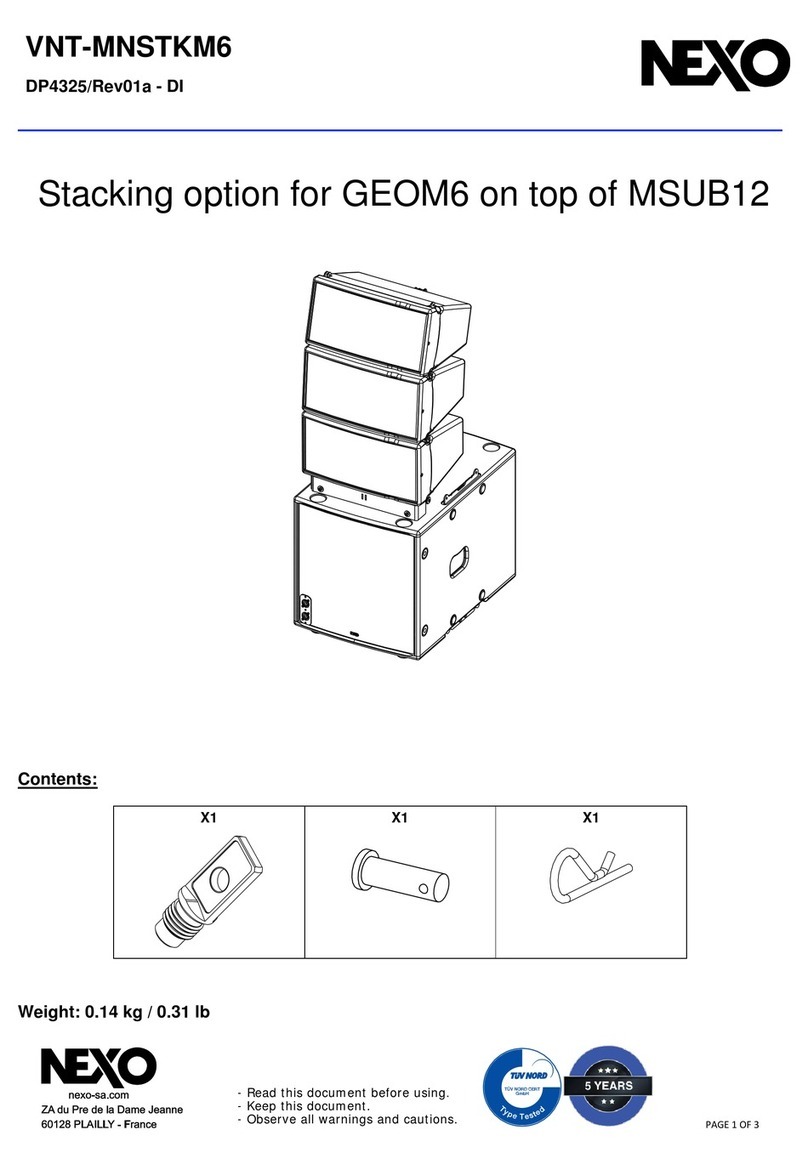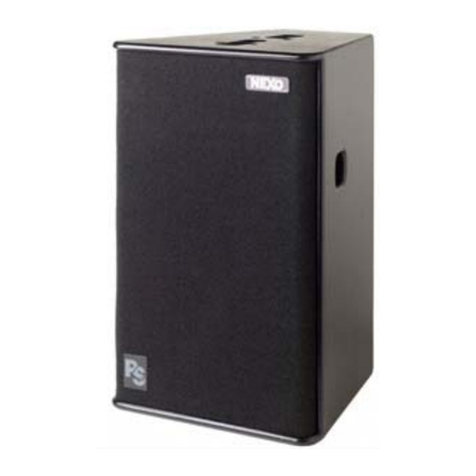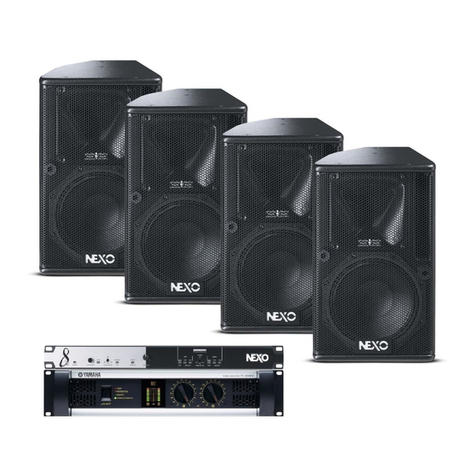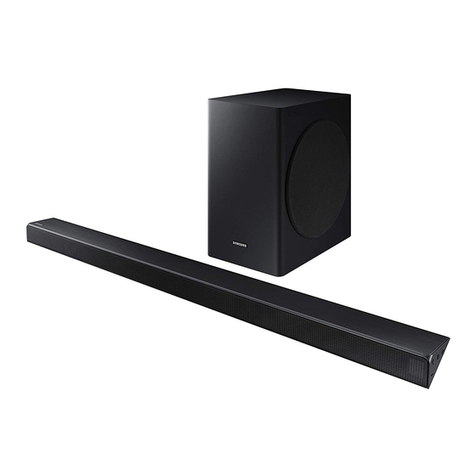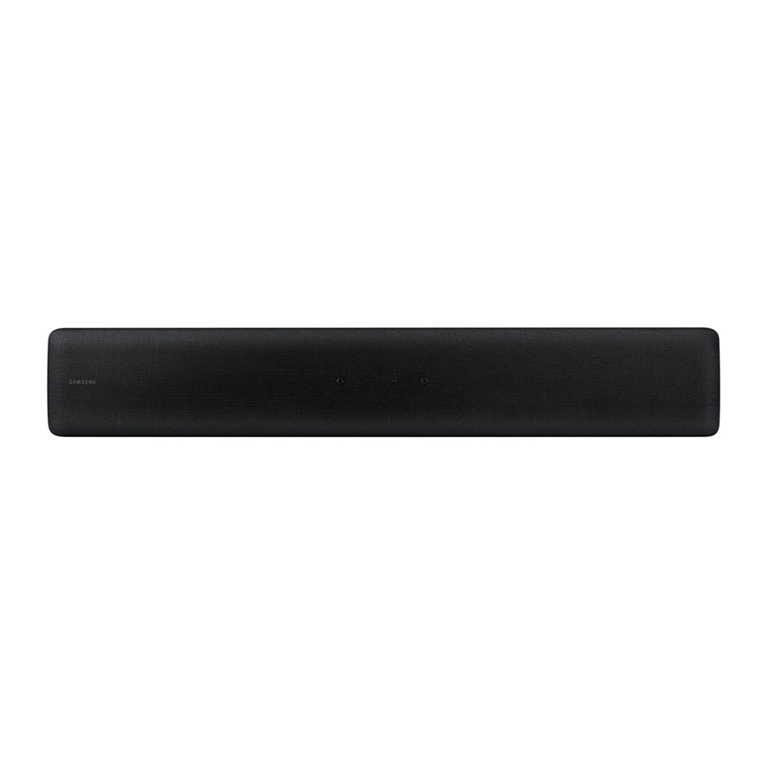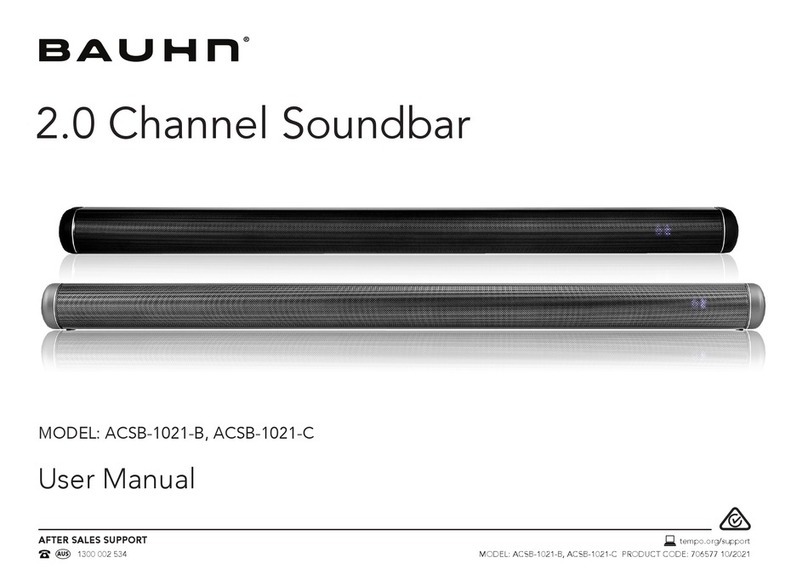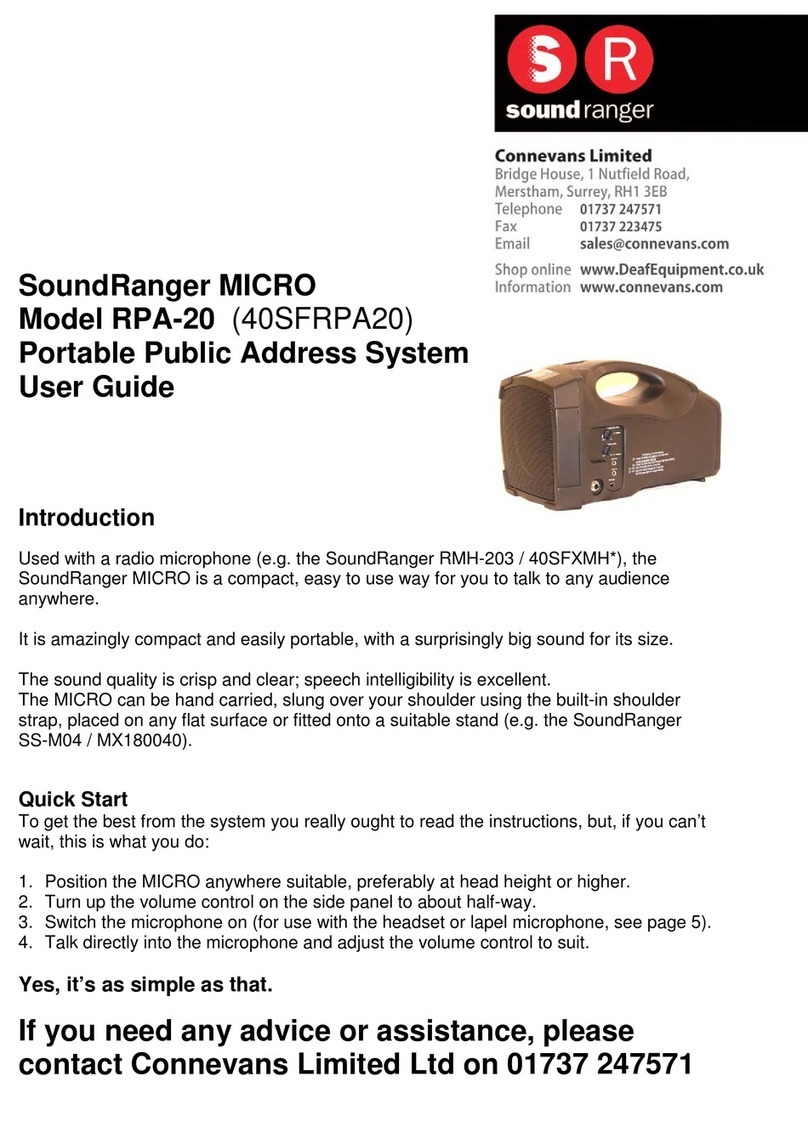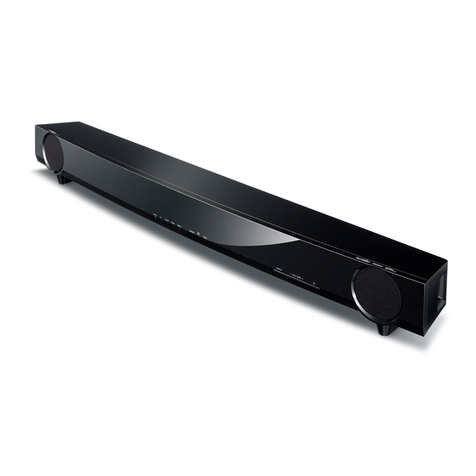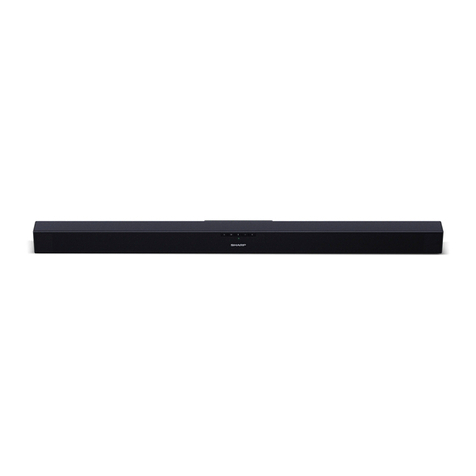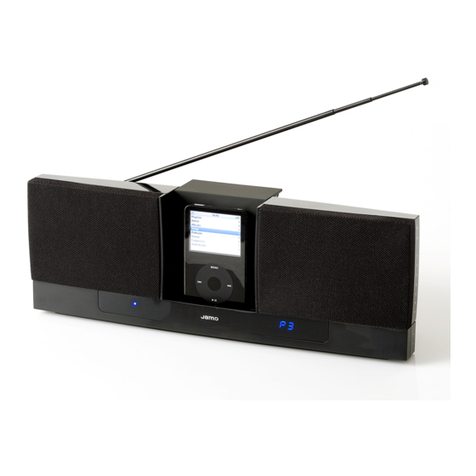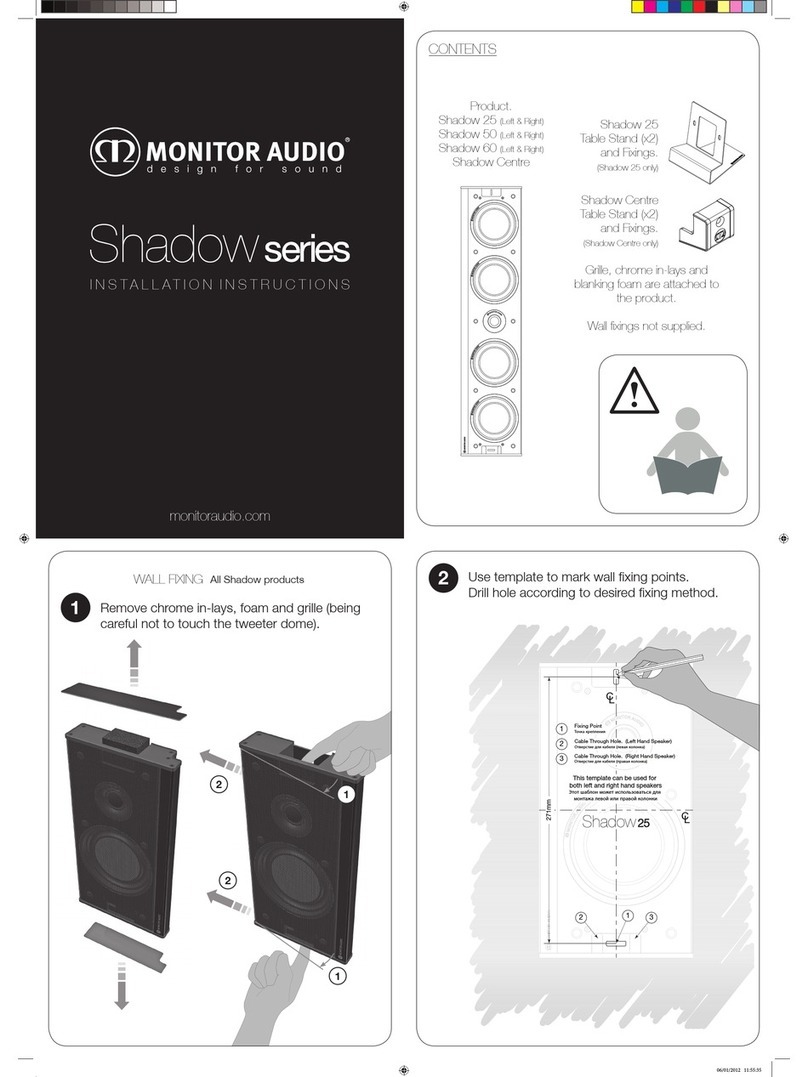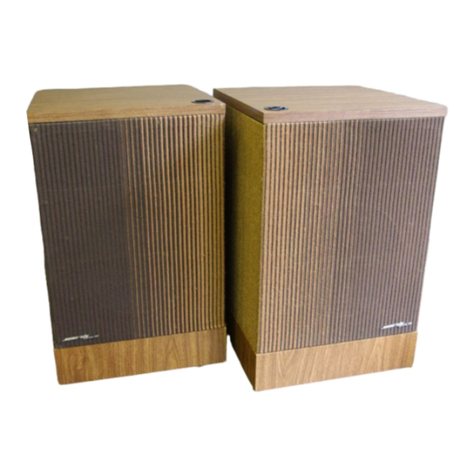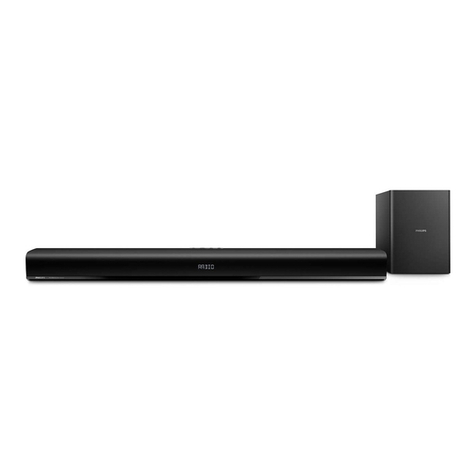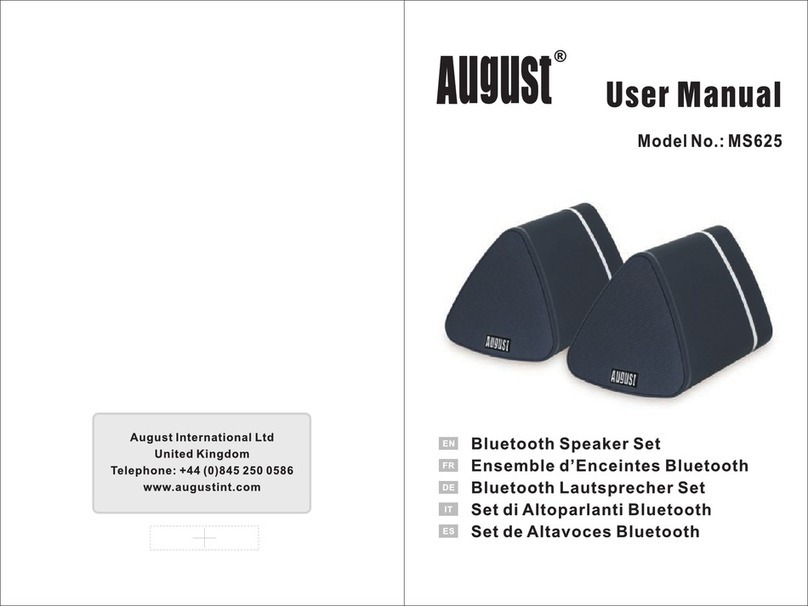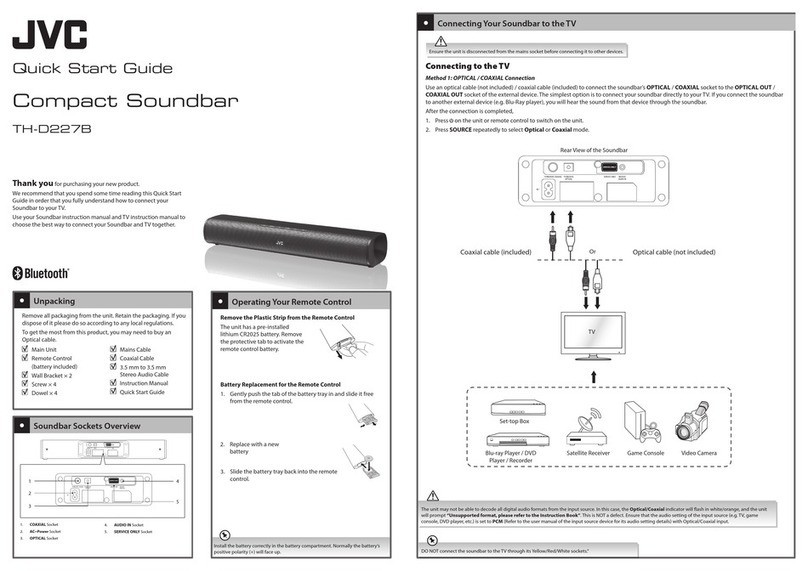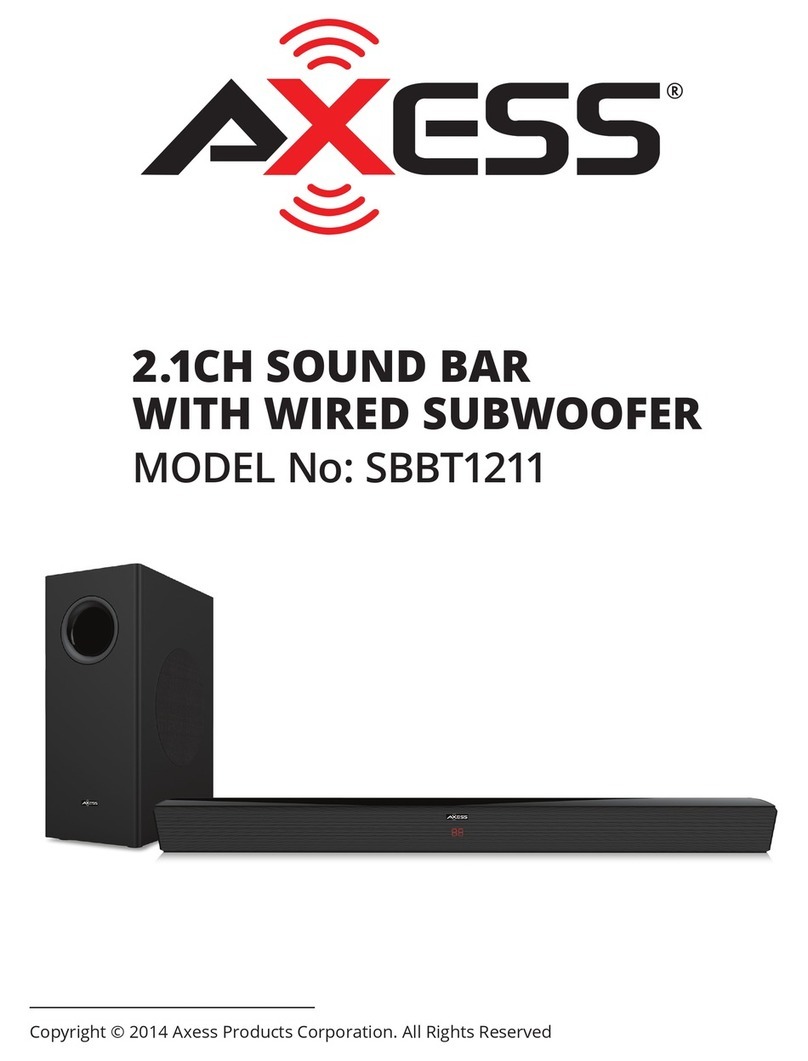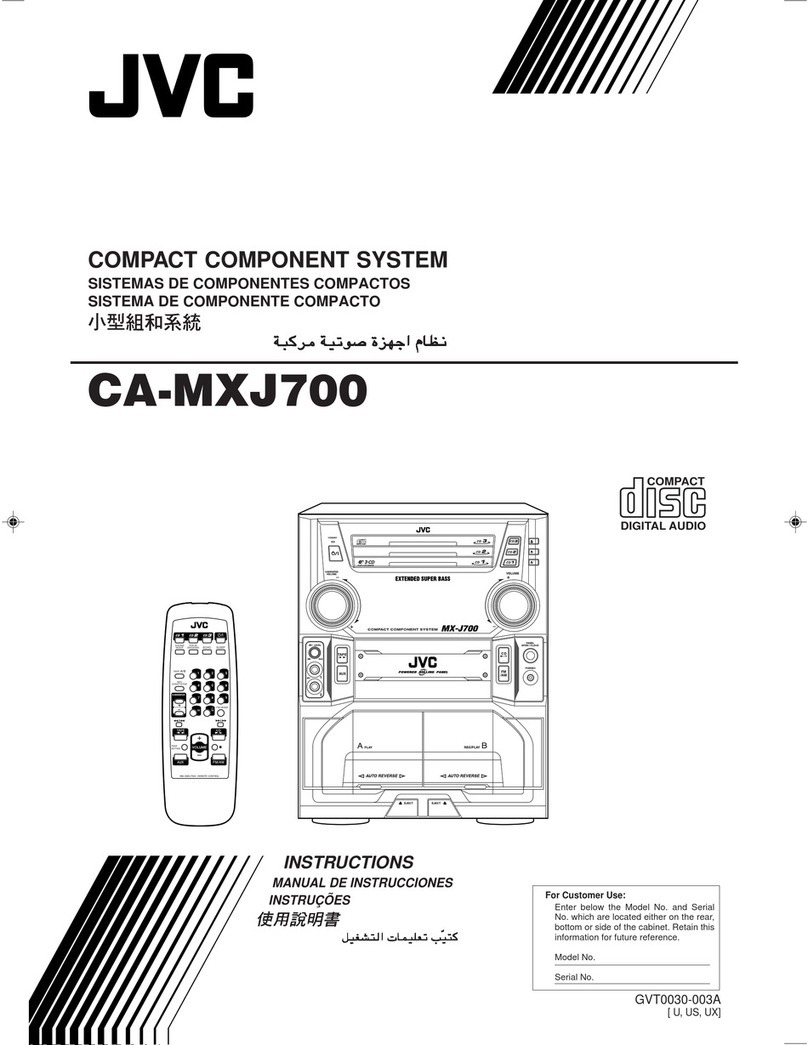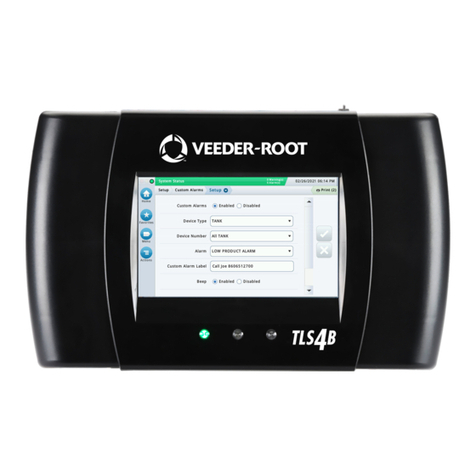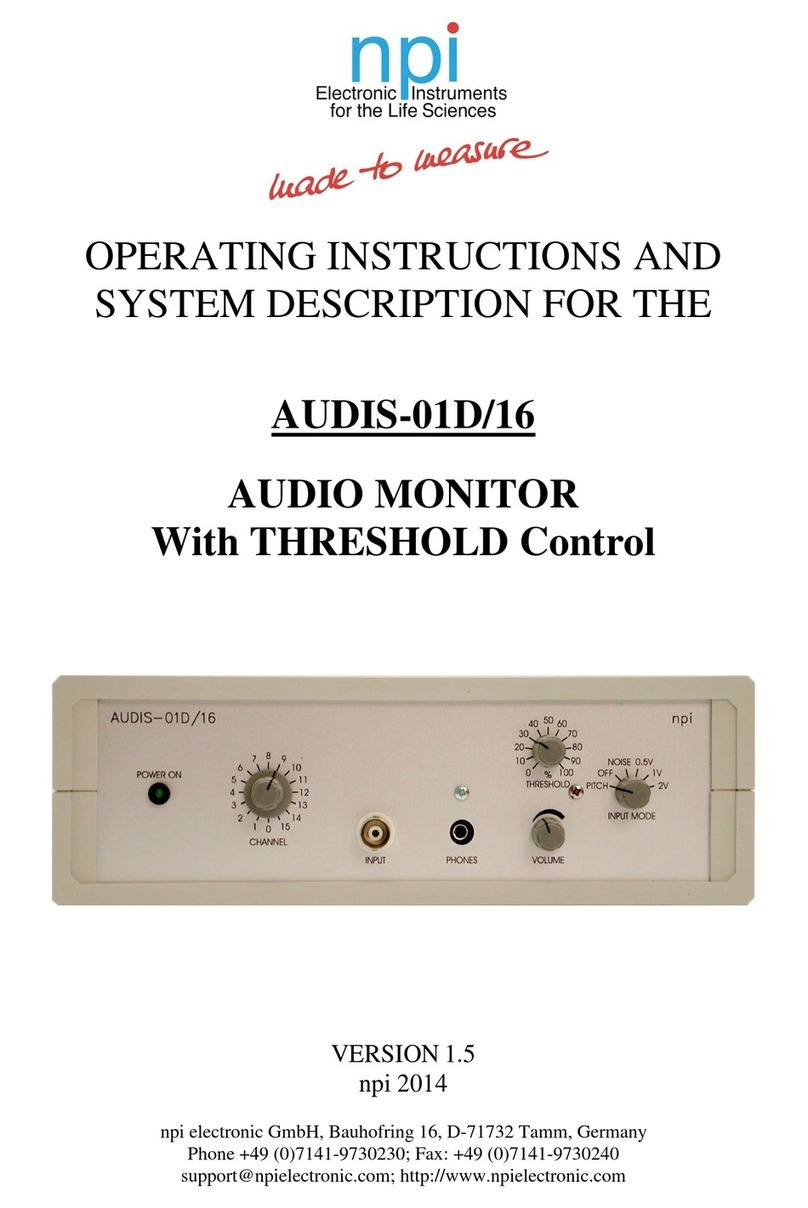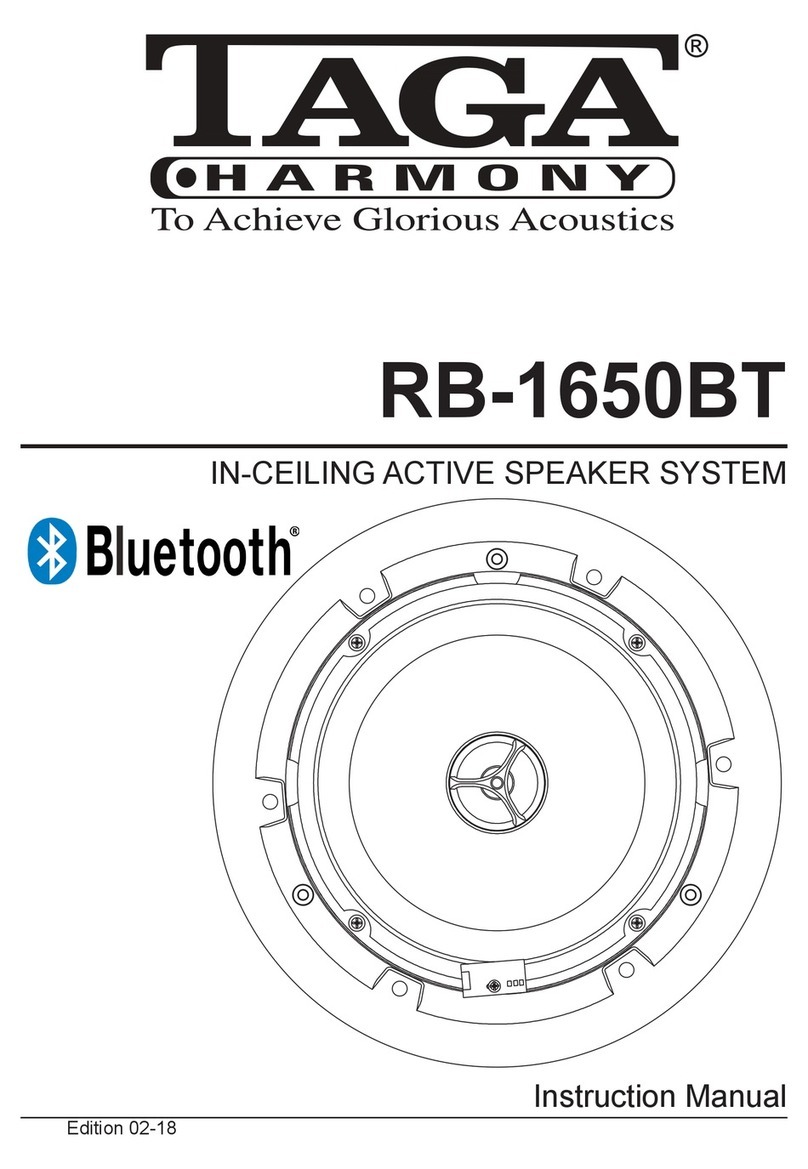Nexo GEO S Series User guide

System Manual GEOS12 LS18
DP2502-07-CM
GEO S12 –LS18
GEO S1210 & GEO S1230
Tangent Array Modules
LS18 Subwoofer
System manual

CONTENTS
Page 2/ 95 System Manual GEOS12 LS18
CONTENTS
PLEASE READ CAREFULLY BEFORE PROCEEDING..................................................................................5
1INTRODUCTION .........................................................................................................................................7
2GEO S12 GENERAL SET-UP INSTRUCTIONS......................................................................................8
2.1 GEO S12 AND LS18 CONNECTIONS.......................................................................................................................8
2.1.1GEO S12 connectors ........................................................................................................................................................... 8
2.1.2LS18 connectors................................................................................................................................................................... 8
2.1.3Configuring GEO S12 for passive or active mode ................................................................................................. 9
2.2 CABLING ...................................................................................................................................................................10
2.3 GEO S12 &LS18 RECOMMENDED AMPLIFICATION ........................................................................................10
2.4 GEO S12 &LS18 SETUPS ON NEXO TD CONTROLLERS ...............................................................................10
3CONNECTION DIAGRAMS..................................................................................................................... 11
3.1 GEO S12 (PASSIVE MODE)/NXAMP4X1MK2(BRIDGE STEREO)..............................................................11
3.2 LS18 /NXAMP4X1MK2(BRIDGE STEREO)....................................................................................................11
3.3 GEO S12 (PASSIVE MODE)AND LS18 /NXAMP4X1MK2(BRIDGE STEREO)..........................................12
3.4 GEO S12 (PASSIVE MODE)/NXAMP4X2MK2(4 CHANNELS MODE).........................................................12
3.5 LS18 /NXAMP4X2MK2(4 CHANNELS MODE)...............................................................................................13
3.6 GEO S12 (PASSIVE MODE)AND LS18 /NXAMP4X2MK2(4 CHANNELS MODE).....................................13
3.7 GEO S12 (PASSIVE MODE)/NXAMP4X4MK2(4 CHANNELS MODE).........................................................14
3.8 GEO S12 (ACTIVE MODE)/NXAMP4X4MK2(4 CHANNELS MODE) ..........................................................15
3.9 LS18 OMNI MODE /NXAMP4X4MK2(4 CHANNELS MODE).......................................................................16
3.10 LS18 CARDIO MODE /NXAMP4X4MK2(4 CHANNELS MODE) ...................................................................17
3.11 GEO S12 (PASSIVE MODE)AND LS18 /NXAMP4X4MK2(4 CHANNELS MODE).....................................18
4NS-1 SIMULATION SOFTWARE .......................................................................................................... 19
5CONFIGURABLE DIRECTIVITY DEVICE ........................................................................................... 20
5.1 INSTALLING &REMOVING GEO’S CONFIGURABLE DIRECTIVITY DEVICES ...................................................20
5.2 WHEN &WHERE TO USE CONFIGURABLE DIRECTIVITY FLANGES..................................................................21
6GEO S12 HARDWARE SETUP PROCEDURE .................................................................................... 22
6.1 SAFETY FIRST...........................................................................................................................................................22
6.1.1Flown systems safety .......................................................................................................................................................22
6.1.2Ground stacking safety...................................................................................................................................................23
6.1.3Contacts .................................................................................................................................................................................23
6.2 GENERAL DESCRIPTION.........................................................................................................................................24
6.2.1GEO S1210 and GEO S1230...........................................................................................................................................24
6.2.2GEO S12 “Left” and “Right” configuration.............................................................................................................24
6.2.3LS18.........................................................................................................................................................................................25
6.2.4Accessories............................................................................................................................................................................26
6.2.5Warnings on GEO S12 & LS18 accessories.............................................................................................................27
6.3 INSTALLATION APPLICATIONS ..............................................................................................................................28
6.3.1Described configurations...............................................................................................................................................28
6.3.2Single GEO S12 rigidly mounted on a wall or a ceiling (vertical or horizontal) .................................29
6.3.3Single GEO S12 cable mounted on a ceiling (vertical or horizontal)........................................................30
6.3.4GEO S12 vertical array rigidly mounted on a ceiling.......................................................................................31
6.3.5LS18 and GEO S12 vertical array rigidly mounted on a ceiling..................................................................33
6.3.6LS18 and GEO S12 vertical array cable mounted on a ceiling.....................................................................35
6.3.7GEO S12 horizontal array rigidly mounted on a ceiling.................................................................................36
6.3.8GEO S12 horizontal array cable mounted on a ceiling....................................................................................38
6.4 TOURING APPLICATIONS........................................................................................................................................39
6.4.1Described configurations...............................................................................................................................................39
6.4.2Single GEO S12 on speaker stand or on LS18 horizontally............................................................................40
6.4.3Single GEO S12 flown vertically..................................................................................................................................42
6.4.4Single GEO S12 flown horizontally............................................................................................................................43
6.4.5Two GEO S12 on wind-up stand .................................................................................................................................44

CONTENTS
System Manual GEOS12 LS18 Page 3/ 95
6.4.6Two GEO S12 vertically ..................................................................................................................................................47
6.4.7Two or more GEO S12 flown horizontally .............................................................................................................48
6.4.8LS18 and three or more GEO S12 flown vertically.............................................................................................51
6.4.9Ground stacked LS18 and GEO S12...........................................................................................................................55
6.5 TESTING AND MAINTENANCE OF THE SYSTEM ..................................................................................................60
7SYSTEM CHECK ALIGNMENT GUIDELINES..................................................................................... 61
7.1 GEO S12 VERTICAL CLUSTER DESIGN................................................................................................................61
7.2 STACKED LS18 AND FLOWN GEO S12..............................................................................................................61
7.3 DRIVING THE LS18S FROM THE AUX SEND.......................................................................................................62
7.4 RECOMMENDED INSTALLATION TOOLS AND EQUIPMENT................................................................................62
7.5 GEO S12 –LS18 SYSTEM CHECK LIST..............................................................................................................63
8TECHNICAL SPECIFICATIONS............................................................................................................. 64
8.1 LS18 AND LS18-E SUBWOOFERS .......................................................................................................................64
8.1.1System specifications.......................................................................................................................................................64
8.1.2Dimensions (mm/inches)...............................................................................................................................................65
8.2 GEO S1210.............................................................................................................................................................66
8.2.1System specifications.......................................................................................................................................................66
8.2.2Dimensions (mm/inches)...............................................................................................................................................67
8.3 GEO S1230.............................................................................................................................................................68
8.3.1System specifications.......................................................................................................................................................68
8.3.2Dimensions (mm/inches)...............................................................................................................................................69
8.4 GEO S12 AND LS18 ACCESSORIES......................................................................................................................70
8.4.1GPI-BUMPER........................................................................................................................................................................70
8.4.2VNI-UBRK12 ........................................................................................................................................................................71
8.4.3VNI-LBRK ..............................................................................................................................................................................72
8.4.4VNI-ABRK..............................................................................................................................................................................73
8.4.5GPI-ANPL1............................................................................................................................................................................74
8.4.6GPI-ANPL2............................................................................................................................................................................75
8.4.7GPI-ANL3...............................................................................................................................................................................76
8.4.8LSI-CPLA................................................................................................................................................................................77
8.4.9VNI-IPCOV15 .......................................................................................................................................................................78
8.4.10 GPT-BUMPER...........................................................................................................................................................79
8.4.11 GPT-XBOW.................................................................................................................................................................80
8.4.12 LST-XBOW18............................................................................................................................................................81
8.4.13 GPT-TLB......................................................................................................................................................................82
8.4.14 VNT-XHBRK ..............................................................................................................................................................83
8.4.15 VNT-TTC.....................................................................................................................................................................84
8.4.16 GPT-SSBRK................................................................................................................................................................85
8.4.17 GPT-PSBRK................................................................................................................................................................86
8.4.18 VNT-TCBRK...............................................................................................................................................................87
8.4.19 GPT-GSTK...................................................................................................................................................................88
8.4.20 GPT-FLG......................................................................................................................................................................89
8.4.21 VXT-BL820.................................................................................................................................................................90
9GEO S12 & LS18 MODULES & ACCESSORIES LIST........................................................................ 91
10 USER NOTES ............................................................................................................................................. 94

PLEASE READ CAREFULLY BEFORE PROCEEDING
Page 4/ 95 System Manual GEOS12 LS18
GEOTechnologyisradicallynewthinking
The GEO R&D Project has, to date, resulted in the following patent applications:
The GEO Hyperboloid Reflective Wavesource™ differs radically from the megaphone-variant type horns you know and love (or
hate). “Tried and true” methods will produce entirely unexpected results. HRW technology produces precise and predictable
results.
The Configurable Directivity Flange. A waveguide that allows the operator to alter its behaviour. An unprecedented NEXO
development that is easy to use –once you know how and when.
The Phase Directivity Device needs no operator input to function, but it is reassuring to know that the coupling of the midrange
of the system is considered as important as the high frequencies…
DSP-driven Directional Sub-bass devices are a new approach to controlling LF/VLF acoustic energy.
GEOisnothard to use when you understand how…
The technology behind GEO is revolutionary, but it is grounded in years of practical experience with the problems of delivering
high quality professional sound to large audiences at high SPL levels. The GEO toolbox includes NS-1 - a simple yet powerful
and highly predictive design tool. The array assembly system is keyed to the design software and will easily enable you to
deploy your design with great precision. NEXO Digital TDcontroller technology provide driver protection and system optimization
for the GEO S and LS series.
GEOisahighprecisionsystem
The GEO HRW™ controls acoustic energy more precisely than other multiple element waveguides. It also makes GEO less
forgiving of mistakes. Whilst conventional horns never combine into a coherent array, they may deliver acceptable results even
if the design and deployment of the system is less than optimal. This is not the case with GEO where careless installation
produces catastrophic results.
AGEOTangent Array is not a “line array”
GEO Technology is equally effective in designing and deploying tangent curved vertical or horizontal arrays. For best results in
a specific application the user needs to know how multi-speaker arrays interact with audience geometry, along with the benefits
and drawbacks of curved vertical arrays and horizontal arrays.
Curvedtangentarraysrequiredifferentdesigntechniques
In the past, sound reinforcement professionals have worked with horizontal arrays that use conventional horns to deliver [more
or less] ‘equal power to equal angles’. Curved vertical arrays are now designed to deliver [more or less] equal power to equal
areas’. When arrays use conventional horns, the lack of precision, overlap and interference masks errors in array design and
aiming. The highly precise GEO wavesource responds accurately, consistently and predictably to the design and deployment
of a curved vertical tangent array. This is why the GEO rigging system is designed to control angular splay to 0.1° precision.
GEOcurvedtangentarraysrequiredifferentoperationaltechniques
Over the years, system designers and operators have developed a number of signal processing techniques to disguise and
partly overcome the limitations of horn design. “Frequency shading,” “amplitude shading,” “High Frequency compensation”, all
of these are tools of the advanced sound system operator. NONE OF THESE TECHNIQUES ARE APPLICABLE TO GEO
TANGENT ARRAYS. Instead of enhancing the array’s performance they will severely degrade it.
Take time to learn how to get great results with GEO Technology. It is an investment that will pay off in more satisfied clients,
more efficient operating procedures and more recognition for your skill as a sound system designer and operator. A
comprehensive understanding of GEO theory, tangent arrays, and specific features of the GEO S Series will help you to operate
your system at its full potential.

PLEASE READCAREFULLY BEFORE PROCEEDING
System Manual GEOS12 LS18 Page 5/ 95
PLEASE READ CAREFULLY BEFORE PROCEEDING
BASIC PRECAUTIONS
Do not open the speaker system or attempt to disassemble the internal parts or modify them in any way. The speaker system
contains no user-serviceable parts. If it should appear to be malfunctioning or damaged, discontinue use immediately and have
it inspected by qualified NEXO service personnel.
Water exposure: Do not expose the speaker system to direct rain, do not use it near water or in wet conditions. Do not place
containers with liquid on speaker system as they might spill into openings. If any liquid such as water seeps into the speaker
system, have it inspected by qualified NEXO personnel.
Sun exposure: Do not expose the speaker system to direct sun.
Operating temperature with temperate climate: 0°C to +40°C (-20°C to +60°C for storage).
SYSTEM DEPLOYMENT SAFETY RULES
Read User Manual before deployment. Before use of enclosed speaker system, please ensure that anyone
involved in system deployment understands the rigging –stacking –pole mounting safety rules as described
in the speaker system User Manual. Failure to do this exposes people to potential injury or death.
Please check the web site nexo-sa.com for the latest update.
Always consult qualified NEXO personnel if the device installation requires construction work and make sure to observe the
following precautions:
Mounting precautions
- choose mounting hardware and an installation location that can support 4 times the weight of the speaker system;
- do not use speaker system handles for suspended installation;
- do not expose speaker system to excessive dust or vibration, or extreme cold or heat to prevent possibility of component
damage;
- do not place the speaker system in an unstable position from which it might fall accidentally;
- if speaker systems use a stand, ensure that stand specifications are adapted, and that stand height does not exceed
1.40m/55”; never move the stand while the speaker is in position.
- in case of wind greater than 8 on Beaufort scale (72km/h –45mph), a touring system has to be landed or an additional
securing has to be implemented.
- for fixed installations, wind loading has to be taken into account in accordance to the national standards.
Connection and powering precautions
- remove all connected cables before moving the speaker system;
- turn off AC power of all power amplifier units before connecting the speaker system;
- when turning on the AC power to the audio system, always turn on the power amplifier last; when turning the AC power off,
always turn off the power amplifier first;
- when used in cold conditions, a gradual power ramp up should be applied to the system on a 5 mn period to allow the
loudspeaker components to stabilize during the very first minutes of usage.
Inspect the speaker system periodically.

PLEASE READ CAREFULLY BEFORE PROCEEDING
Page 6/ 95 System Manual GEOS12 LS18
HIGH SOUND PRESSURE LEVELS
Exposure to extremely high noise levels may cause permanent hearing loss. Individuals vary considerably
in susceptibility to noise-induced hearing loss but nearly everyone will lose some hearing if exposed to
sufficiently intense noise for a sufficient period of time. The U.S. Government’s Occupational and Health
Administration (OSHA) has specified the following permissible noise level exposures: Sound Duration Per
Day In Hours
Sound Level dBA, Slow Response
8
90
6
92
4
95
3
97
2
100
1 ½
102
1
105
½
110
¼ or less
115
According to OSHA, any exposure in excess of the above permissible limits could result in some hearing loss. Ear plugs or
protectors to the ear canals or over the ears must be worn when operating this amplification system in order to prevent
permanent hearing loss, if exposure is in excess of the limits as set forth above. To ensure against potentially dangerous
exposure to high sound pressure levels, it is recommended that all persons exposed to equipment capable of producing high
sound pressure levels such as this amplification system be protected by hearing protectors while this unit is in operation.
DISPOSAL OF OLD ELECTRICAL & ELECTRONIC EQUIPMENT
This symbol on the product or on its packaging indicates that it shall not be treated as household waste.
Instead it shall be handed over to the applicable collection point for the recycling of electrical and electronic
equipment. By ensuring this product is disposed of correctly, you will help prevent potential negative
consequence for the environment and human health, which could otherwise be caused by inappropriate
waste handling of this product.The recycling of materials willhelp to conserve natural resources. For more
detailed information about recycling of this product, please contact your local city office, your household
waste disposal service or the shop where you purchased the product.

INTRODUCTION
System Manual GEOS12 LS18 Page 7/ 95
1INTRODUCTION
Thank you for selecting a NEXO GEO S12 Series Tangent Array System.
This manual is intended to provide you with necessary and useful information about your GEO S12 & LS18 System, which
includes the following products:
•GEO S1210 is a 10° Tangent Array Module. It comprises 1x12” (30cm)
16 ohms Neodymium LF/MF driver loaded by a Phase Directivity Device
(PDDTM) and 1x1.4” throat 16 Ohm HF driver loaded by a 5° Hyperboloid
Reflective Wavesource (HRW™).
•GEO S1230 is a 30° Tangent Array Module. It comprises 1x12” (cm) 16
ohms Neodymium LF/MF driver loaded by a Phase Directivity Device
(PDDTM) and 1x1.4” throat 16 Ohm HF driver loaded by a 28.5°
Hyperboloid Reflective Wavesource (HRW™).
•LS18 is GEO S12 companion subwoofer. It comprises 1x18’’ (46cm) long
excursion driver and features veryhigh efficiency as well as high acoustic
output. LS18 has fittings for transporting, flying, stacking and pole
standing.
•LS18-E is identical to LS18, with the exception that it has none of the
fittings described above. It is intended to be set on the floor in fix
installations.
•A full range of accessories provides safe, flexible and simple means of
installing GEO S12 and LS18 in fixed installation as well as in touring
applications.
•GEO S12 and LS18 are controlled, powered and monitored by NEXO
TDcontrollers. For a complete description of these controllers, please
refer to User Manuals. NEXO TDcontrollers DSP algorithms and
parameters are fixed in software and updated regularly. Please consult
the NEXO web site (nexo-sa.com) for the latest software releases.
•NS-1 simulation software assists in the design and implementation of
vertical or horizontal tangent GEO arrays. Please consult the NEXO web
site (nexo-sa.com) for the latest software releases.
•Available for Mac, iPad and iPhone, NEXO NeMo provides full remote
control over a digital audio network from anywhere in the venue, thanks
to an intuitive and graphically attractive user interface. NeMo is available
on Apple App Store.
Please devote your time and attention to reading this manual. A comprehensive understanding of GEO S12 and LS18 specific
features will help you to operate your system at its full potential.

GEOS12 GENERAL SET-UP INSTRUCTIONS
Page 8/ 95 System Manual GEOS12 LS18
2GEO S12 GENERAL SET-UP INSTRUCTIONS
2.1 GEO S12 and LS18 connections
GEO S12 and LS18 are connected with Speakon NL4FC plugs (not supplied). A wiring diagram is printed on the connection
panel located on the back of each cabinet. The 4 pins of the Speakon sockets identified in / out are connected in parallel within
the enclosure.
Either connector can be used to connect amplifier or to link to an additional GEO S12 cabinet or to link to an optional LS18 (if
present). Therefore, a single 4-conductor cable can connect two amplifier channels to various GEO S12s and/or LS18
subwoofers.
2.1.1 GEO S12 connectors
2.1.2 LS18 connectors
Speakon Connector
S1210 & S1230
Passive Mode
Active Mode
1(-)
Through
GEO S12 LF (-)
1(+)
Through
GEO S12 LF (+)
2(-)
GEO S12 (-)
GEO S12 HF (-)
2(+)
GEO S12 (+)
GEO S12 HF (+)
Speakon Connector
LS18
1(-)
LS18 (-)
1(+)
LS18 (+)
2(-)
Through
2(+)
Through

GEOS12 GENERAL SET-UP INSTRUCTIONS
System Manual GEOS12 LS18 Page 9/ 95
2.1.3 Configuring GEO S12 for passive or active mode
Remove the six TORX screws that hold the connector panel.
Remove the connector panel so that filter WAGO connectors become accessible.
GEOS12 connector panel GEOS12 WAGO connectors
In Passive Mode, connector A (from filter) should be inserted in connector B (PCB “Passive In”), and connector D (“Passive
Out”) should be connected to speakers via connector C.
In Active Mode, WAGO Connector A (from filter) should be directly connected into speakers via connector C (PCB connectors
B & D are then unused).
Passive mode configuration Active mode configuration
C
A
B
D

GEOS12 GENERAL SET-UP INSTRUCTIONS
Page 10 / 95 System Manual GEOS12 LS18
2.2 Cabling
NEXO recommends the exclusive use of multi-conductor cables to connect the system: the cable kit is compatible with all the
cabinets, and there is no possible confusion between LF, MF and HF sections.
Cable choice consists mainly of selecting cables of the correct sectional dimension (size) in relation to the load resistance and
the cable length. Too small a cable section will increase both its serial resistance and its capacitance; this reduces the electrical
power delivered to the loudspeaker and can also induce response (damping factor) variations.
For a serial resistance less or equal to 4% of the load impedance (damping factor = 25), the recommended cable length is given
by:
Lmax = Z x S S in mm2, Z in Ohm, Lmax in meters
The table below indicates these values, for 3 common sizes.
Load Impedance ()
2
2.6
4
5.3
8
16
Cable section
Recommended Cable Length
1,5 mm² (AWG #15)
3m/10ft
3m/13ft
6m/20ft
8m/26ft
12m/39ft
24m/79ft
2,5 mm² (AWG #13)
5m/16ft
7m/23ft
10m/33ft
13m/44ft
20m/66ft
40m/131ft
4 mm² (AWG #11)
8m/26ft
10m/33ft
16m/52ft
21m/70ft
32m/105ft
64m/210ft
6 mm2(AWG #9)
12m/40ft
16m/52ft
24m/79ft
32m/104ft
48m/160ft
96m/315ft
Maximum allowed length is 4 times recommended length.
Example:
GEO S12 module has a 16 nominal impedance in passive mode.When connecting 4 modules in parallel, total load impedance
becomes 4.
Recommended length for 4mm2/ (AWG#11) is 16m / 52ft, maximum allowed length is 64m / 208ft.
IMPORTANT
Long speaker cables induce capacitive effects –up to hundreds of pF depending on the quality of the
cable - with a low-pass effect on high frequencies. If long speaker cables must be used, ensure that they
do not remain coiled while in use.
2.3 GEO S12 & LS18 recommended amplification
NEXO TD Controllers
Recommended amplification
NXAMP4x1mk2 Powered Controller Bridged Stereo mode (2x2.6kW/4)
3 x GEO S12 in passive mode per bridged channel
2 x LS18 per bridged channel
NXAMP4x2mk2 Powered Controller 4 channels mode (4x2.5kW/2)
1 x GEOS12 in passive mode per channel
1 x LS18 per channel
NXAMP4x4mk2 Powered Controller 4 channels mode (4x4.5kW/2)
4 x GEOS12 in passive mode per channel
4 x GEO S12 in active mode: 2 channels
3 x LS18 per channel
2.4 GEO S12 & LS18 setups on NEXO TD Controllers
Please consult nexo-sa.com for NEXO TD Controllers firmware information.

CONNECTION DIAGRAMS
System Manual GEOS12 LS18 Page 11 / 95
3CONNECTION DIAGRAMS
3.1 GEO S12 (passive mode) / NXAMP4x1mk2 (Bridge Stereo)
3.2 LS18 / NXAMP4x1mk2 (Bridge Stereo)

CONNECTION DIAGRAMS
Page 12 / 95 System Manual GEOS12 LS18
3.3 GEO S12 (passive mode) and LS18 / NXAMP4x1mk2 (Bridge Stereo)
3.4 GEO S12 (passive mode) / NXAMP4x2mk2 (4 channels mode)

CONNECTION DIAGRAMS
System Manual GEOS12 LS18 Page 13 / 95
3.5 LS18 / NXAMP4x2mk2 (4 channels mode)
3.6 GEO S12 (passive mode) and LS18 / NXAMP4x2mk2 (4 channels mode)

CONNECTION DIAGRAMS
Page 14 / 95 System Manual GEOS12 LS18
3.7 GEO S12 (passive mode) / NXAMP4x4mk2 (4 channels mode)

CONNECTION DIAGRAMS
System Manual GEOS12 LS18 Page 15 / 95
3.8 GEO S12 (active mode) / NXAMP4x4mk2 (4 channels mode)

CONNECTION DIAGRAMS
Page 16 / 95 System Manual GEOS12 LS18
3.9 LS18 Omni Mode / NXAMP4x4mk2 (4 channels mode)

CONNECTION DIAGRAMS
System Manual GEOS12 LS18 Page 17 / 95
3.10 LS18 Cardio Mode / NXAMP4x4mk2 (4 channels mode)

CONNECTION DIAGRAMS
Page 18 / 95 System Manual GEOS12 LS18
3.11 GEO S12 (passive mode) and LS18 / NXAMP4x4mk2 (4 channels mode)

NS-1 SIMULATION SOFTWARE
System Manual GEOS12 LS18 Page 19 / 95
4NS-1 SIMULATION SOFTWARE
NS-1 software is a R&D simulation tool derived application. It processes measured speaker data with complex mathematical
algorithms to assist the user in optimizing system design. Due to the complexity of the interaction of multiple cabinets, it is simply
not possible to reliably design curved vertical arrays without using the processing power of a computer to predict the optimum
array structure for a given audience geometry. The design logic is far more complex than looking at a section drawing of the
venue, measuring the overall angle needed to cover the audience from the cluster location, and dividing by 10 degrees to
determine the required amount number of GEO S1210 cabinets.
NS-1 is an easy to use tool that allows to shape the energy leaving the cluster to fit the audience. It predicts pressure levels
radiated from the system to ensure enough cabinets are provided for the application, as well as mechanical constraints for safe
flown systems.
In addition, it provides mechanical information for all clusters in agreement with Structural Analysis Reports (available in the
Help section): dimensions, weight, gravity centre position, forces, moments, working load and safety factor.
GEOS12 and LS18 Structural Analysis Report is currently being certified by German Certification Organization RWTUV systems
GmbH.
NS-1 installation package includes all NEXO User Manuals, Structural Analysis Reports and Certificates PDF files.
NS-1 is a freeware available on nexo-sa.com
IMPORTANT
Never install a GEO S12 and/or LS18 cluster without checking its acoustical performances and mechanical
safety in NS-1 prior to installation.
NS-1 GEO S12 ACOUSTIC PAGE

CONFIGURABLE DIRECTIVITYDEVICE
Page 20 / 95 System Manual GEOS12 LS18
5CONFIGURABLE DIRECTIVITY DEVICE
The GEO Wavesource controls dispersion of acoustic energy using a hyperboloid acoustical reflector in the “coupling plane”
(the vertical plane of a curved vertical tangent array) and a diffraction slot in the “non-coupling plane” (the horizontal plane of a
curved vertical tangent array). The patented Configurable Directivity Device consists of flanges that alter the diffraction slot’s
exit flare rate.
5.1 Installing & removing GEO’s Configurable Directivity Devices
GEO S12 are shipped in the 80° dispersion configuration, 120° CDDTM flanges are an optional accessory (GPT-FLG).
To change horizontal dispersion from 80° to 120° and vice-versa:
- Remove the front grille
- Remove the 6 screws from the waveguide
- Position the CDDTM flanges on the waveguide and fix it with the provided screws and washers
- Reinstall the grille
This manual suits for next models
5
Table of contents
Other Nexo Speakers System manuals

